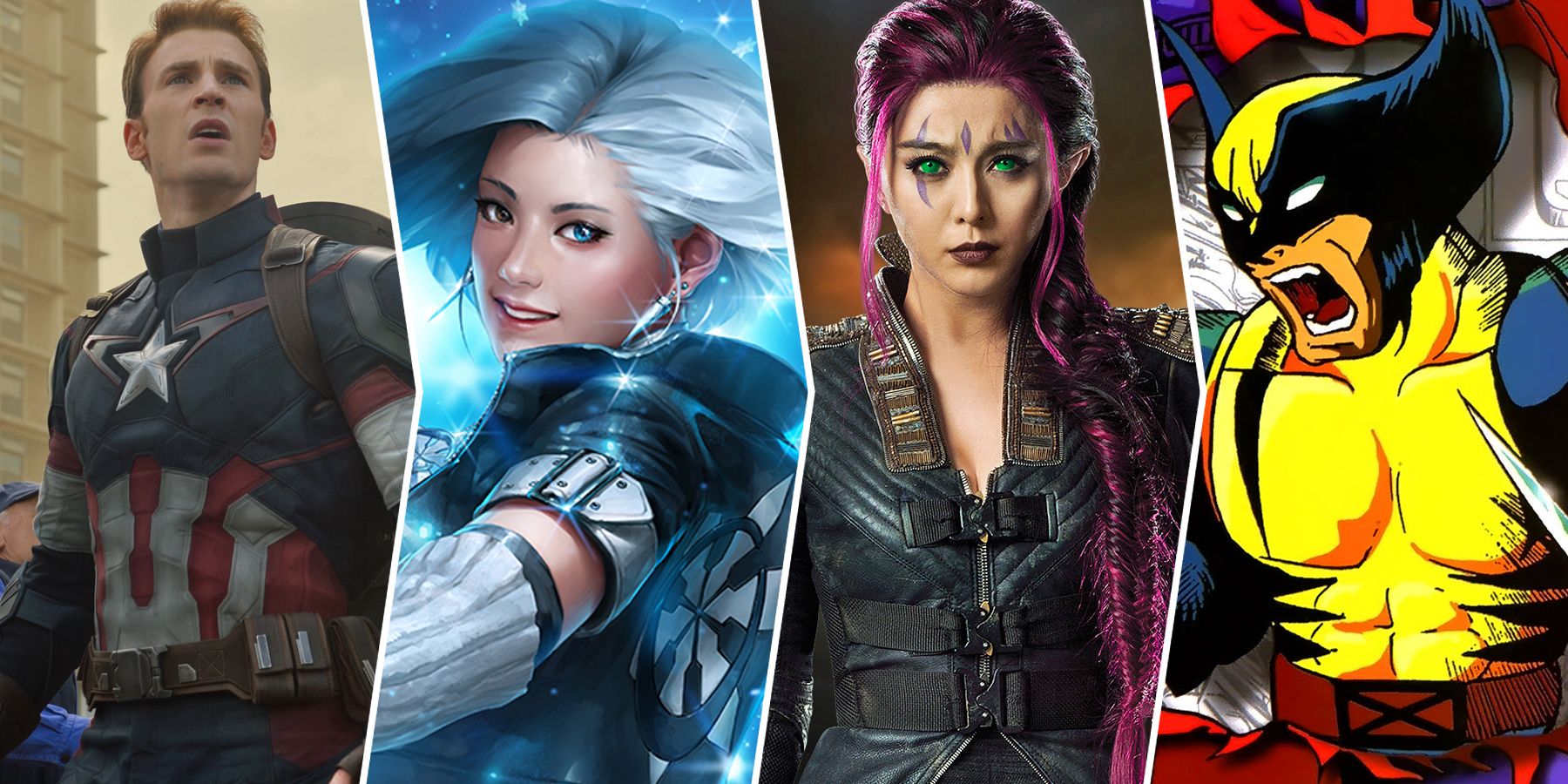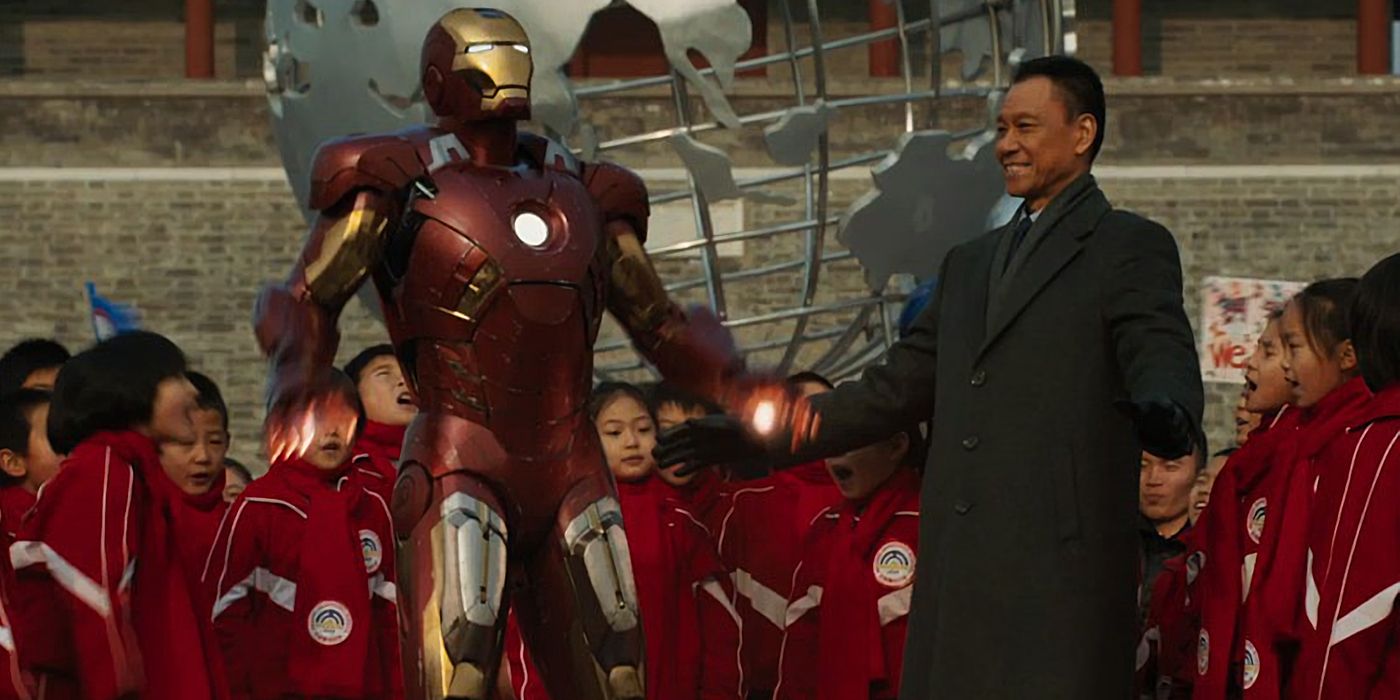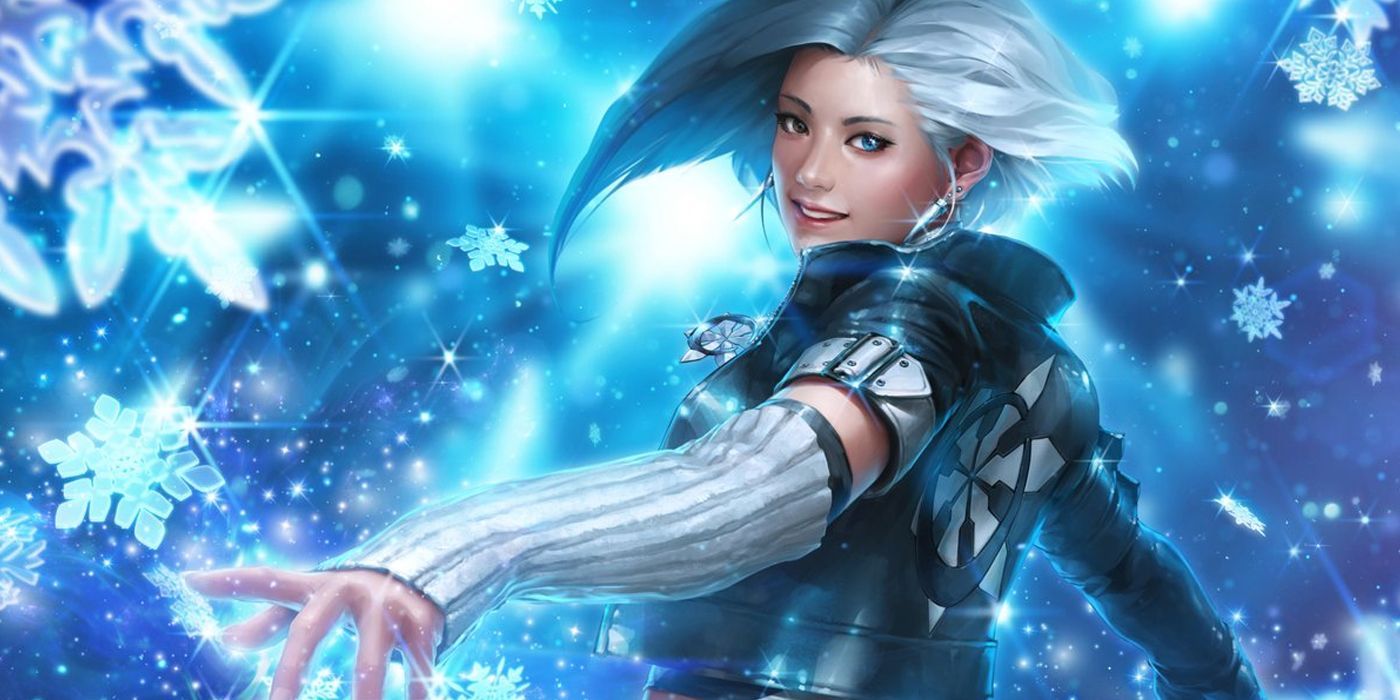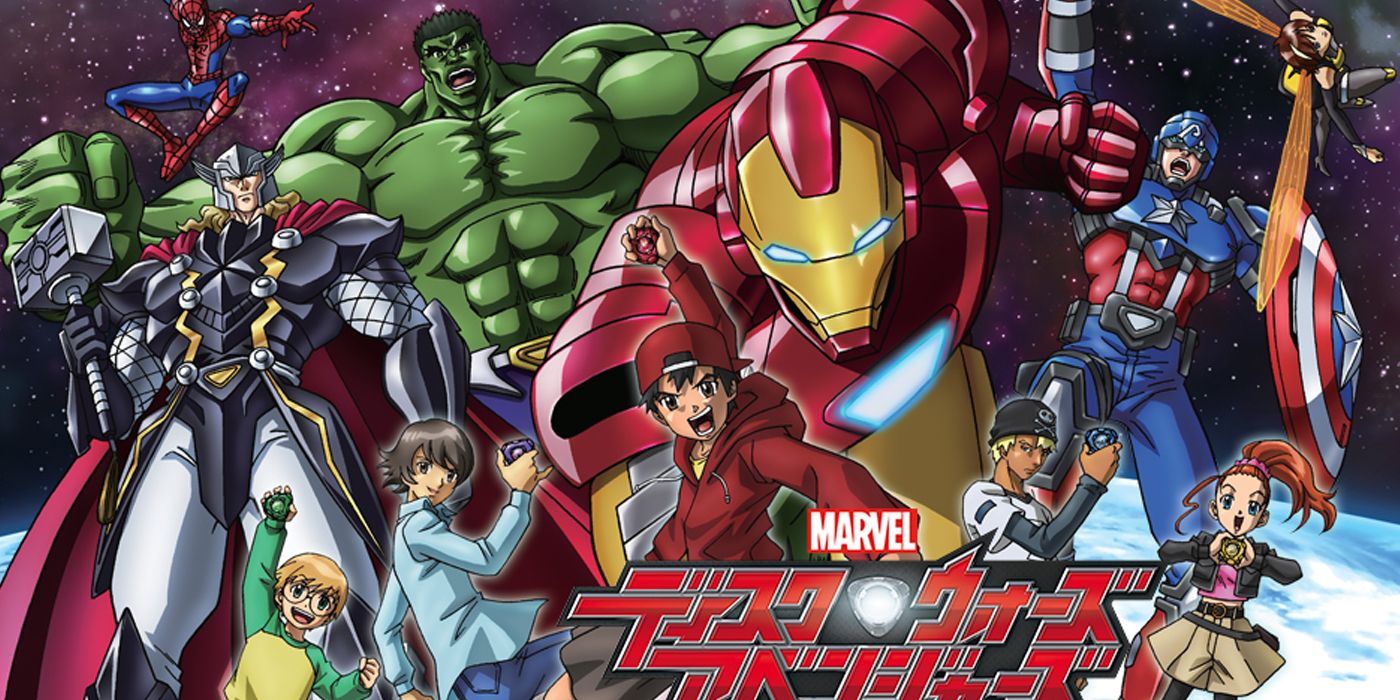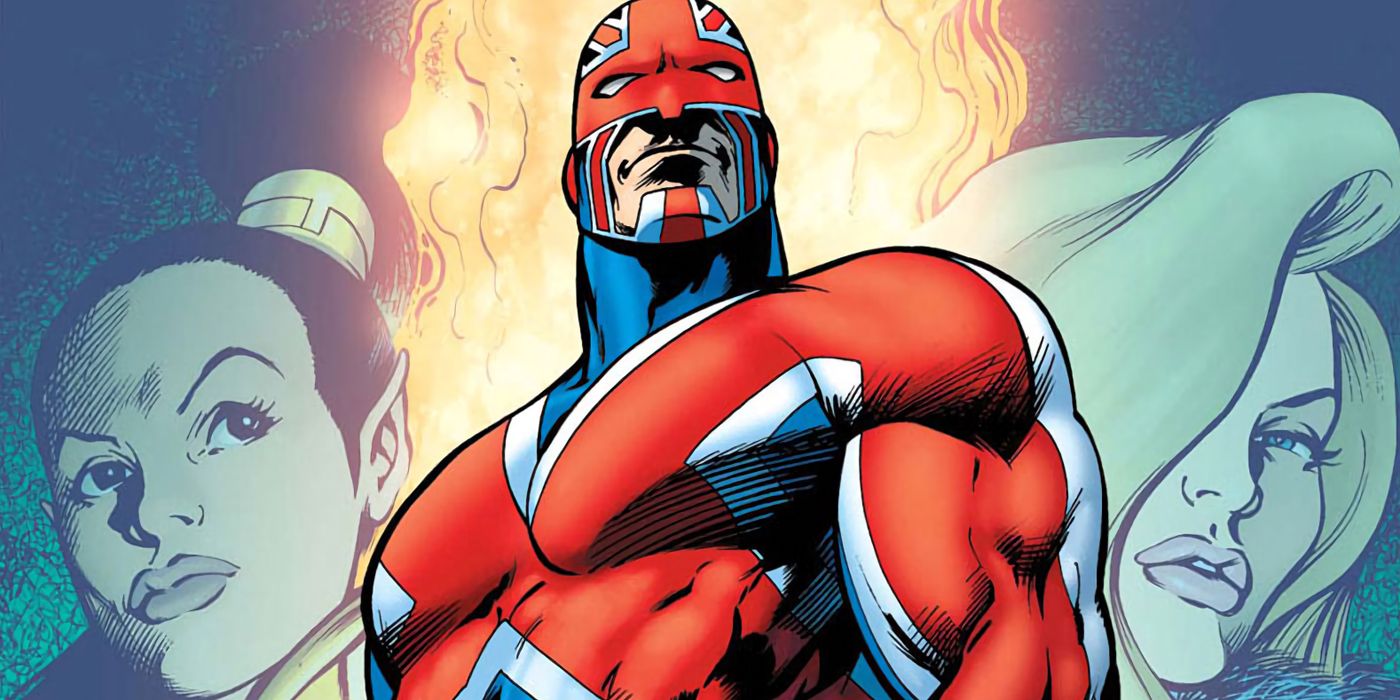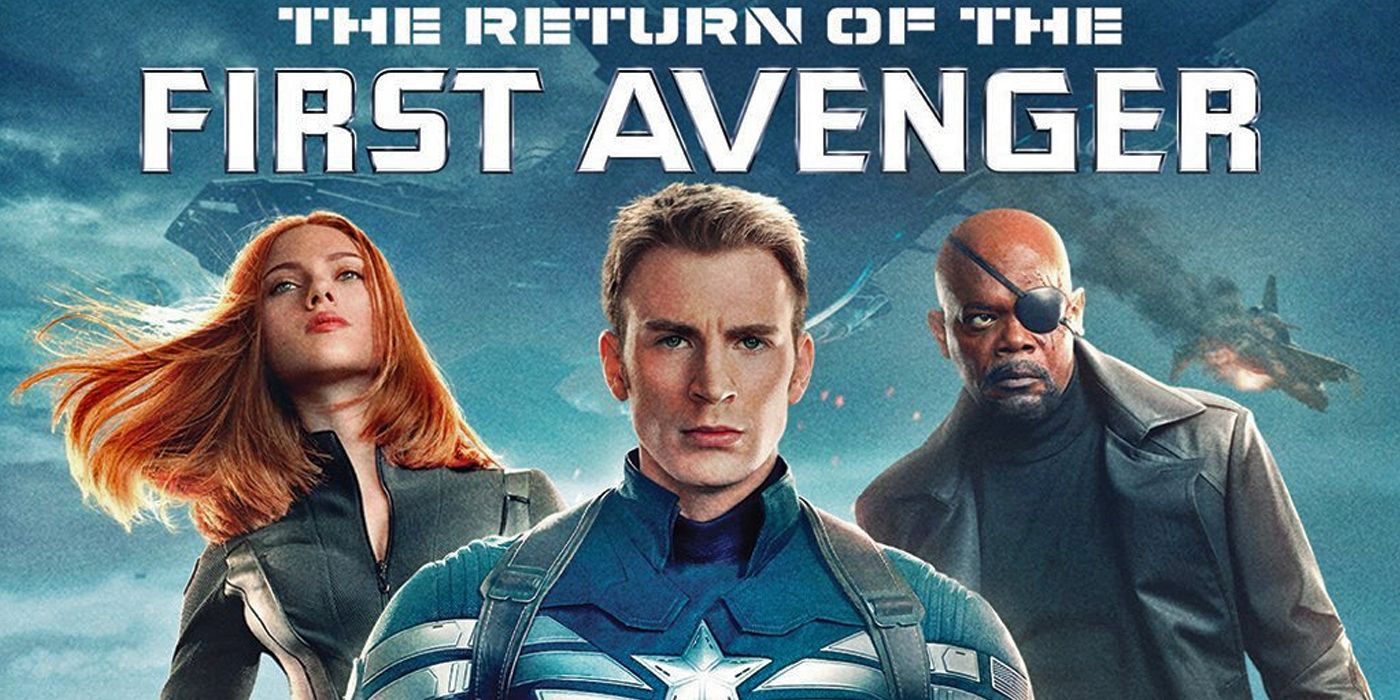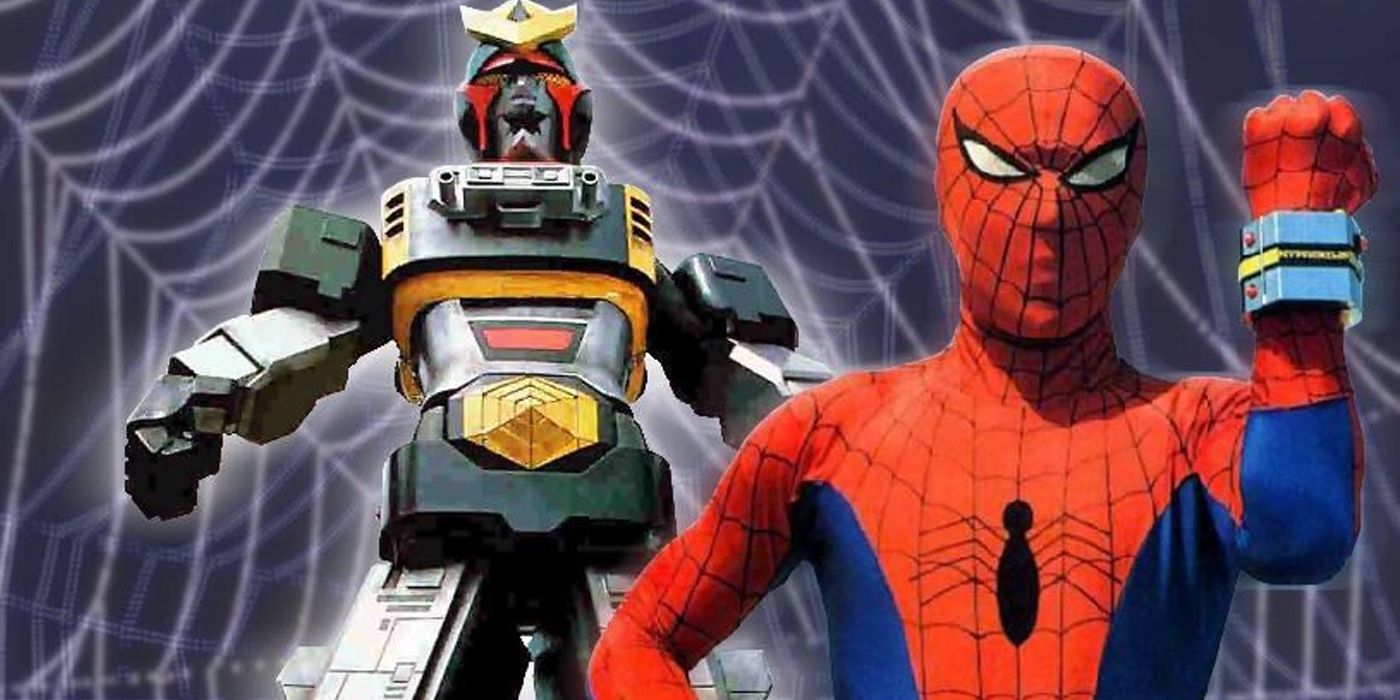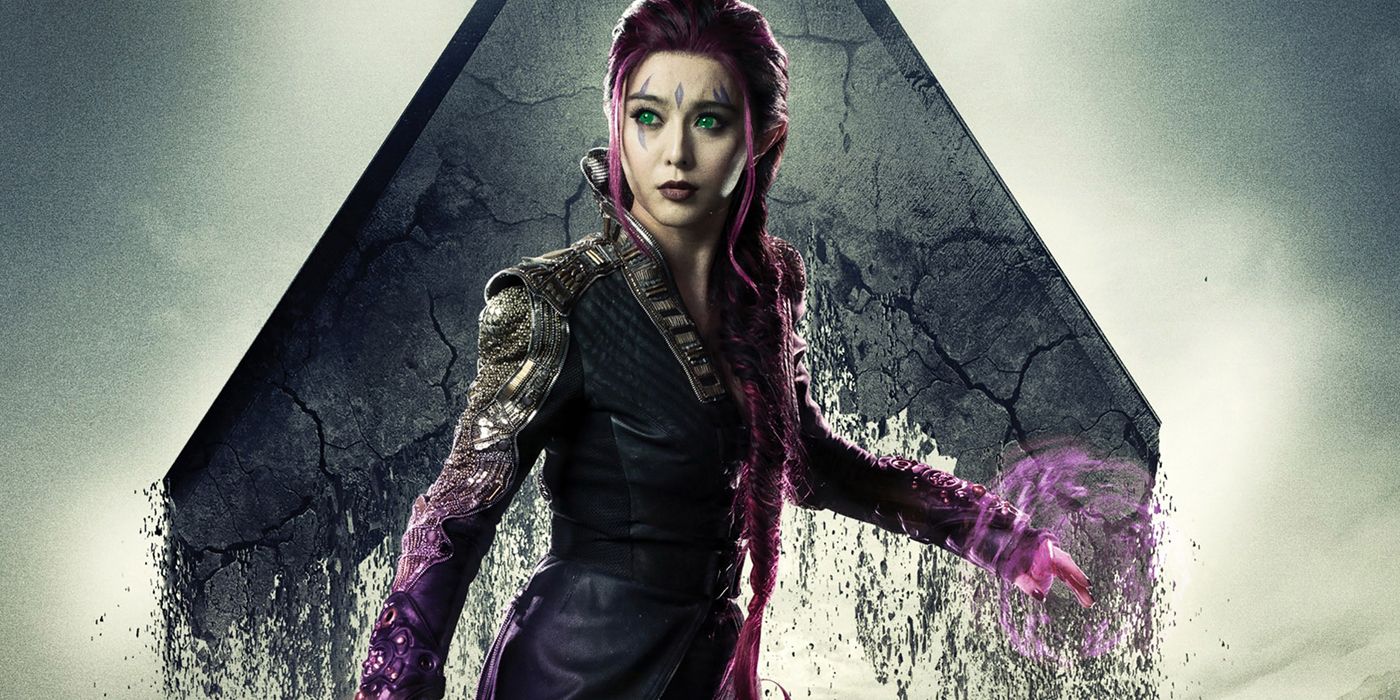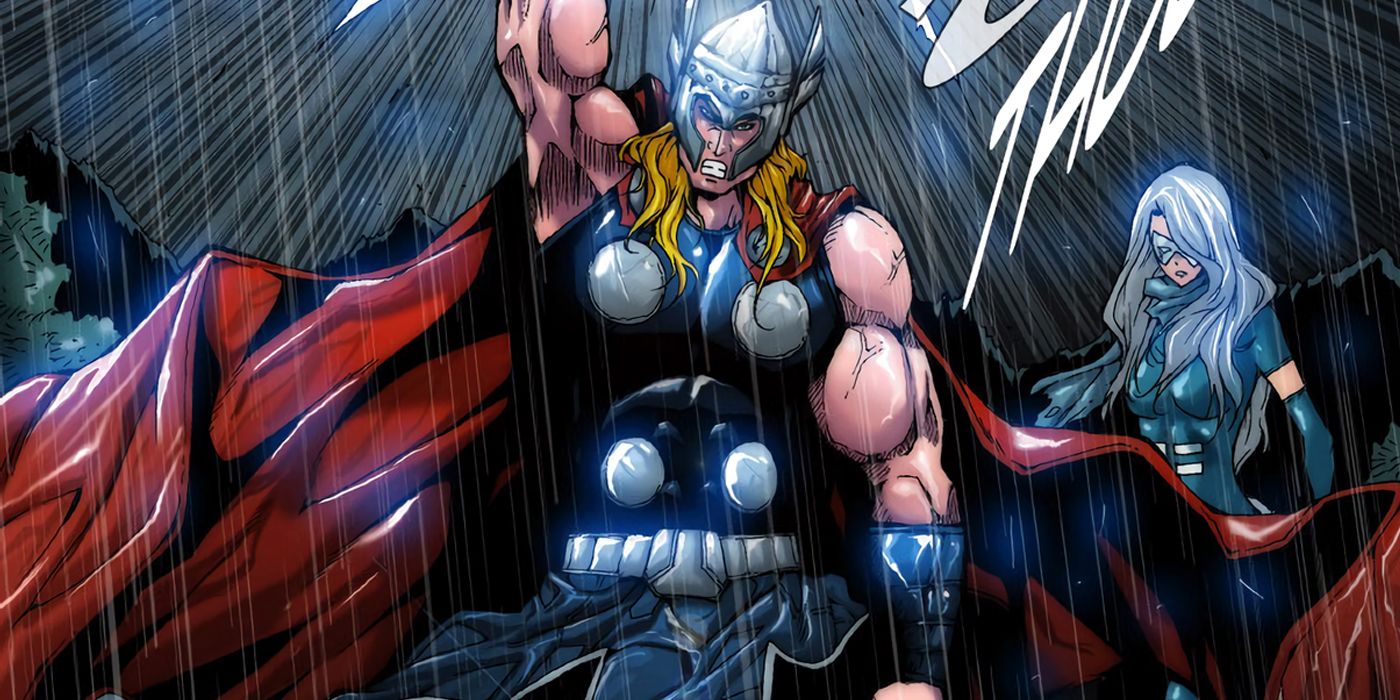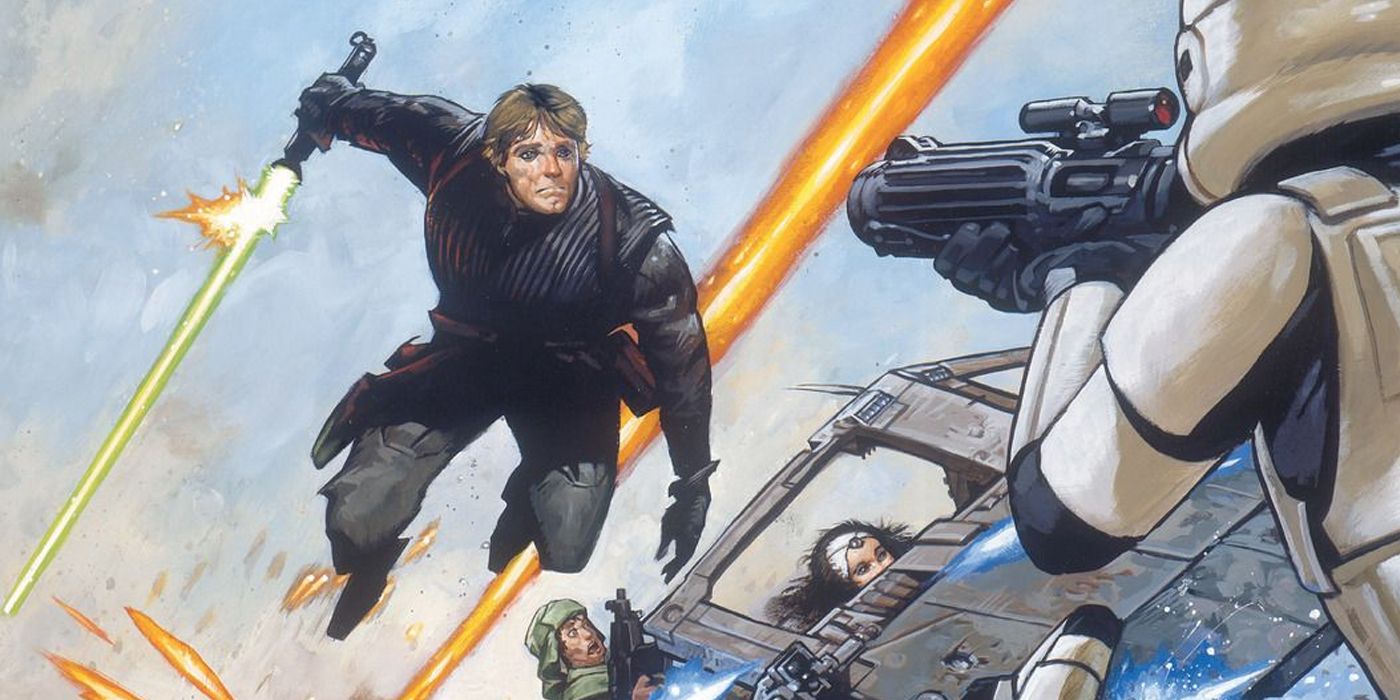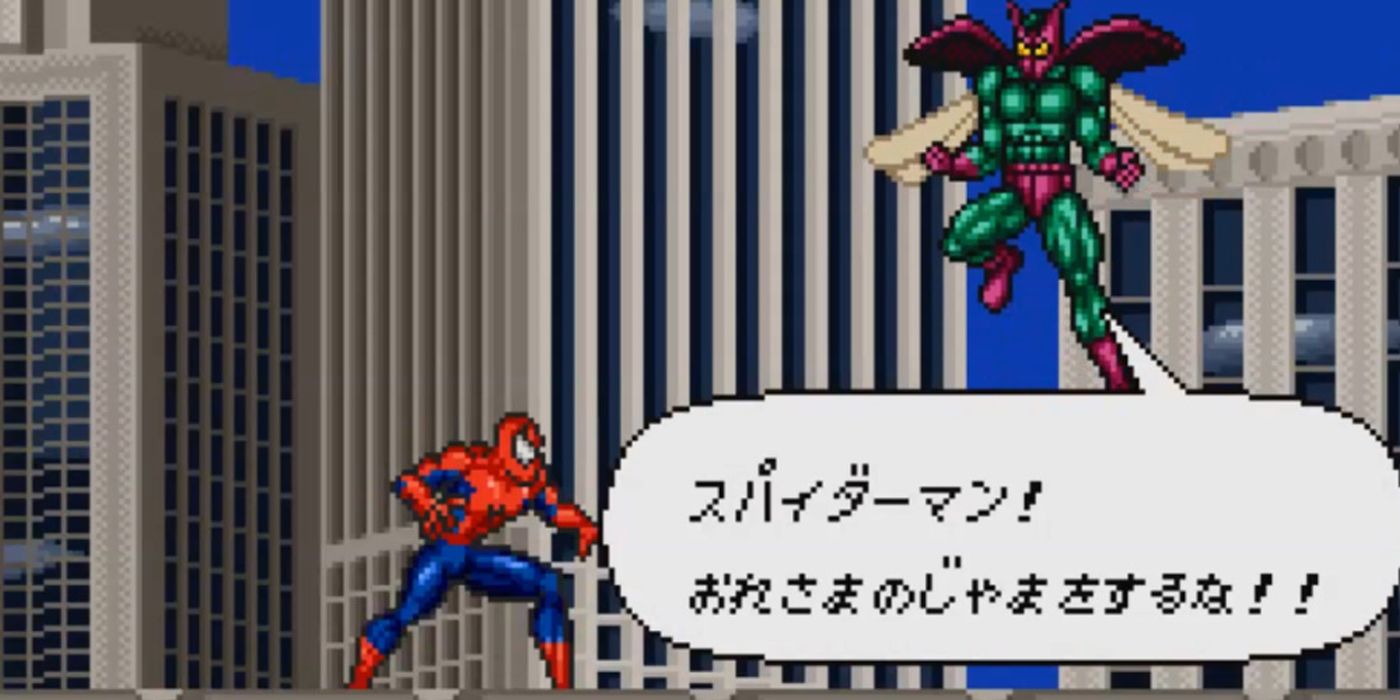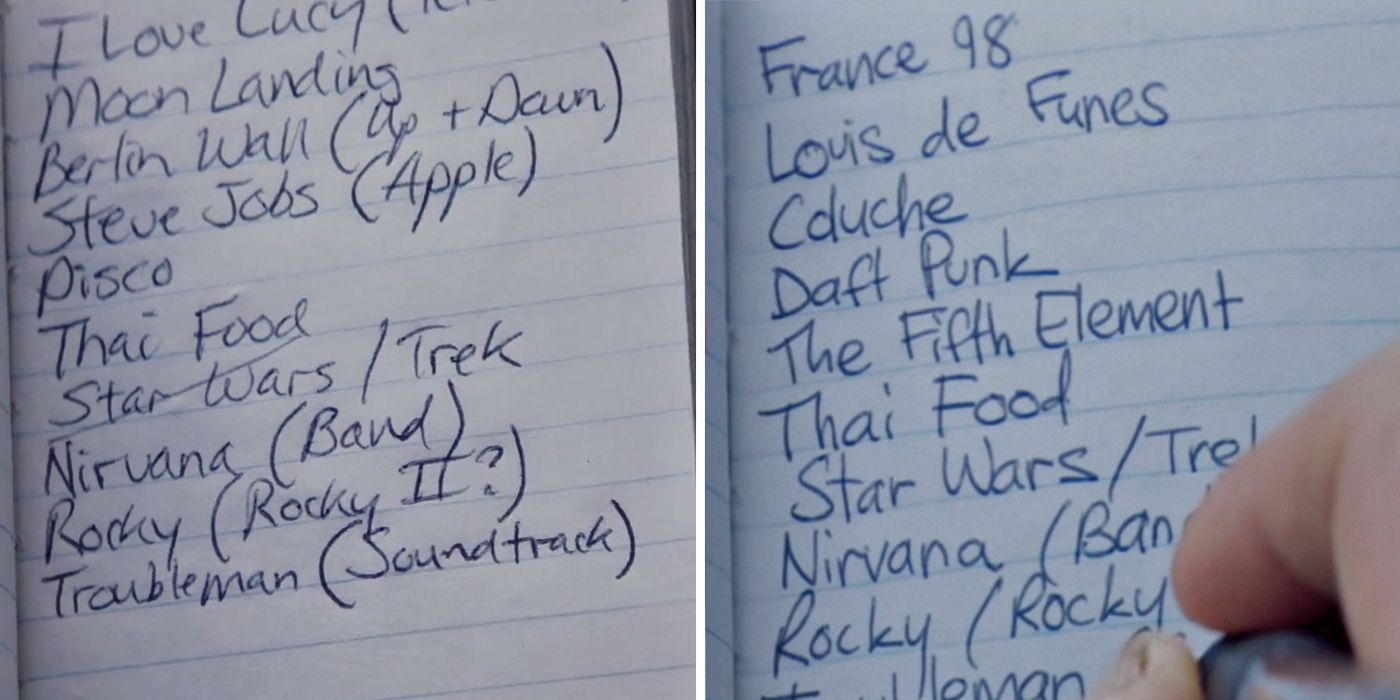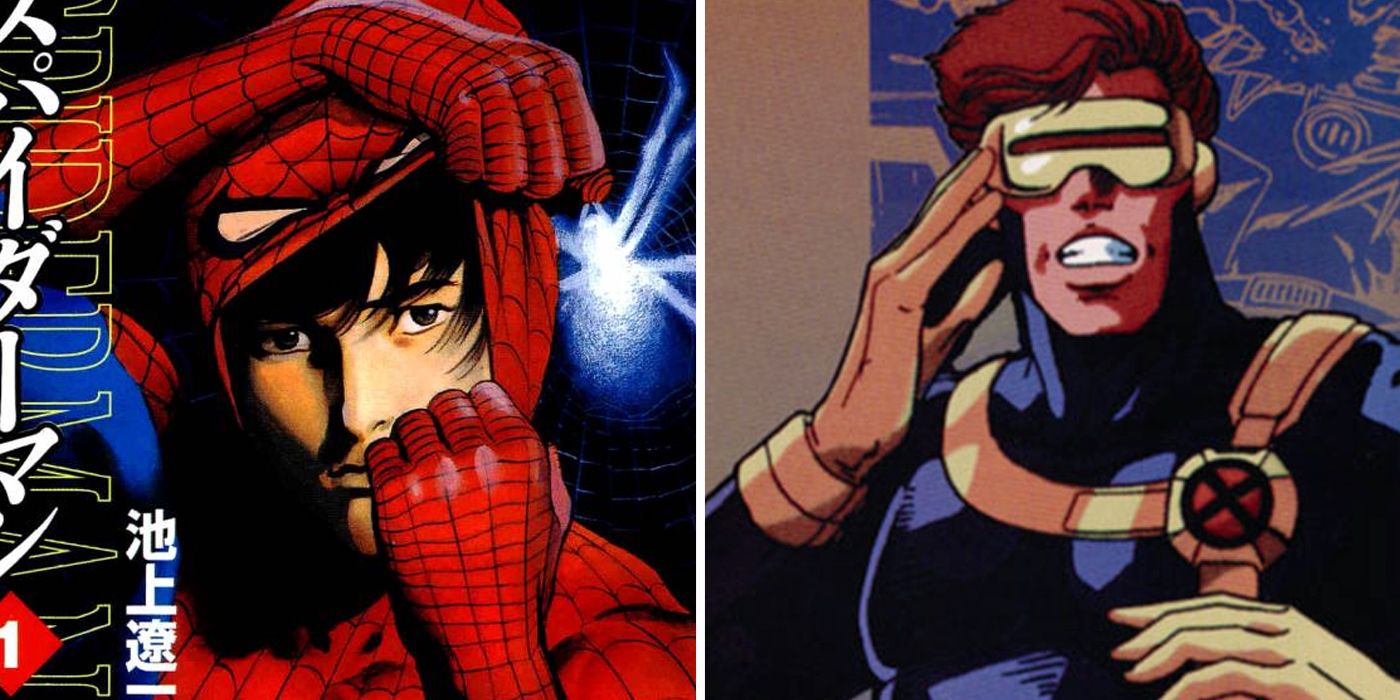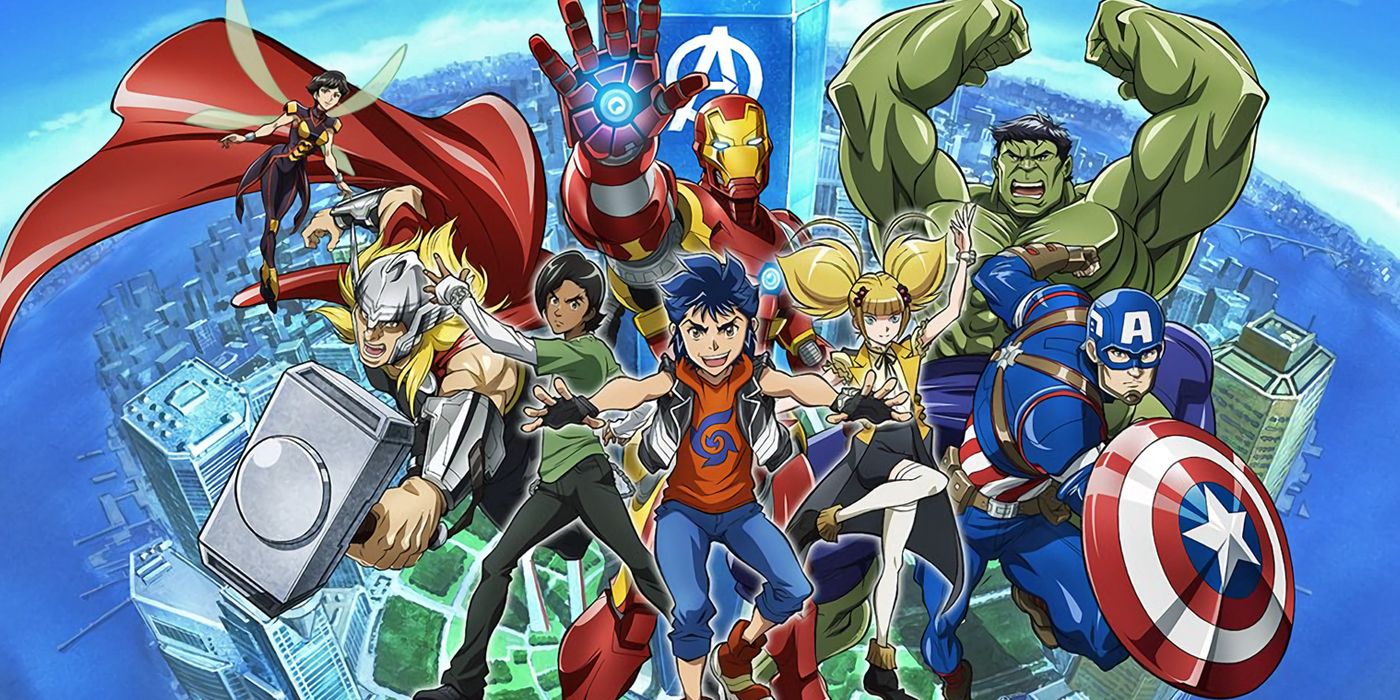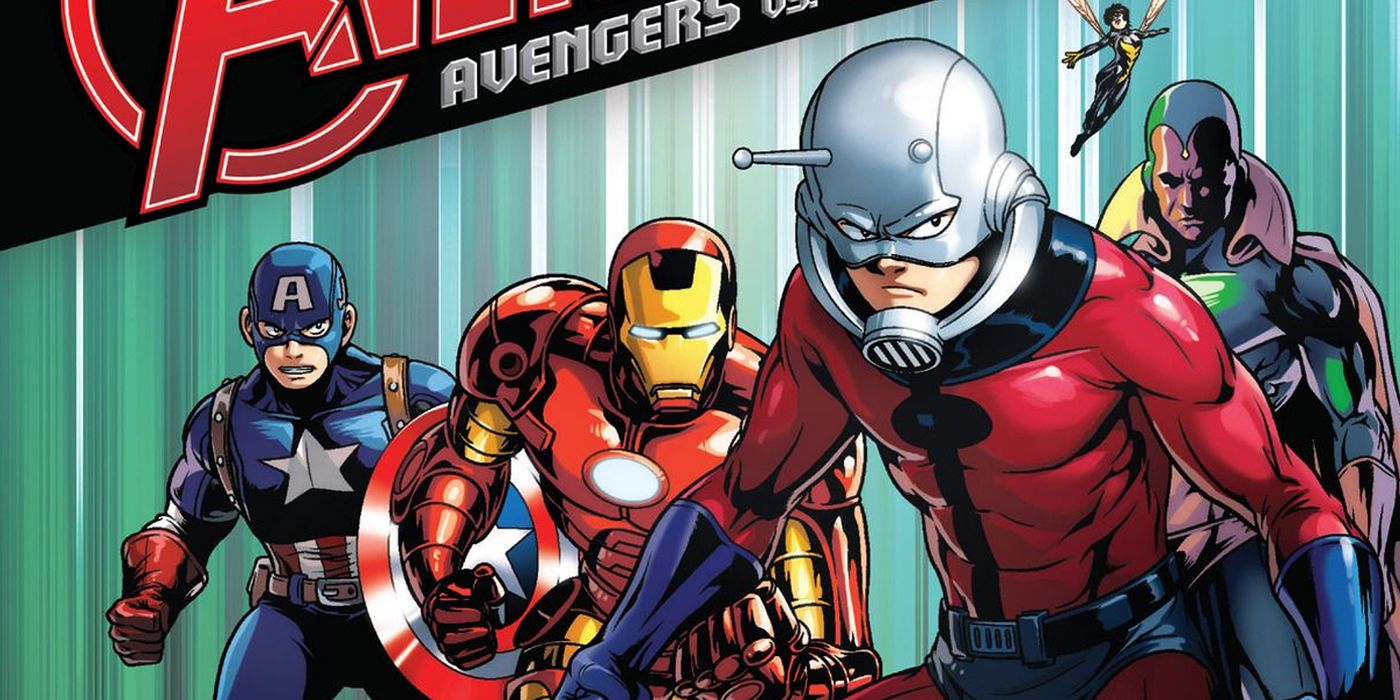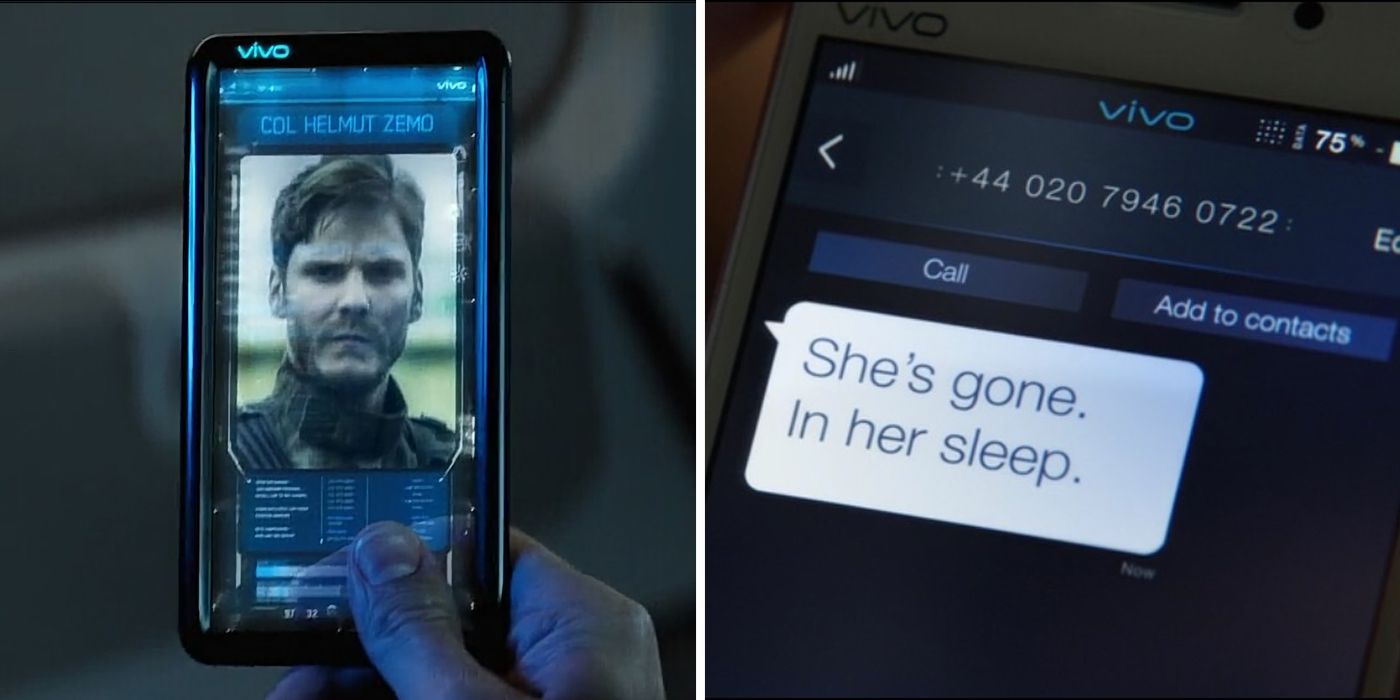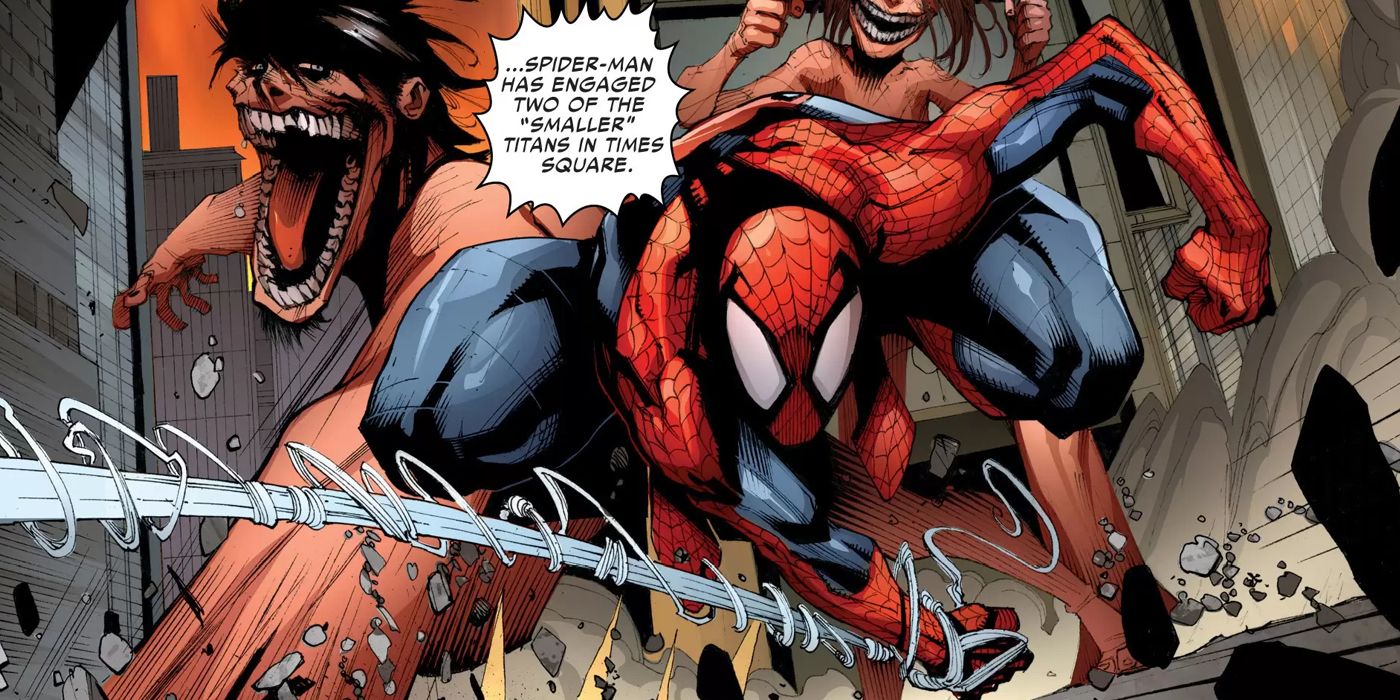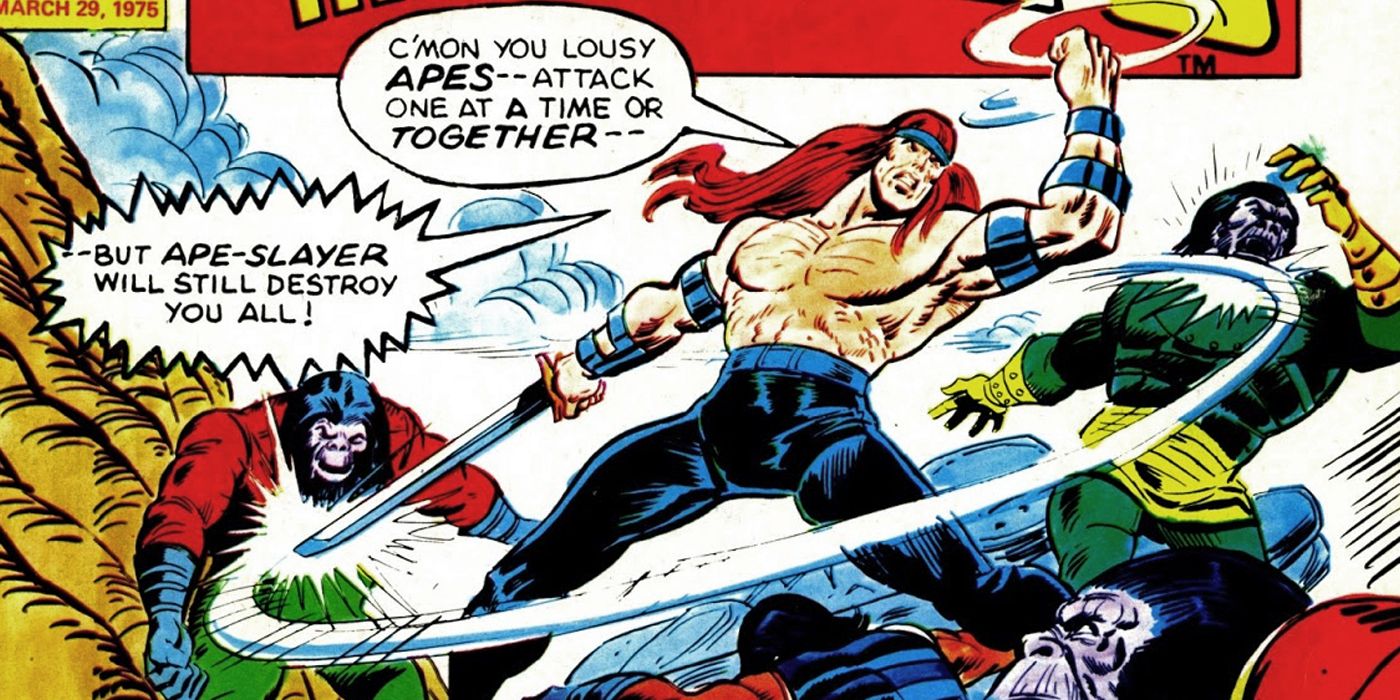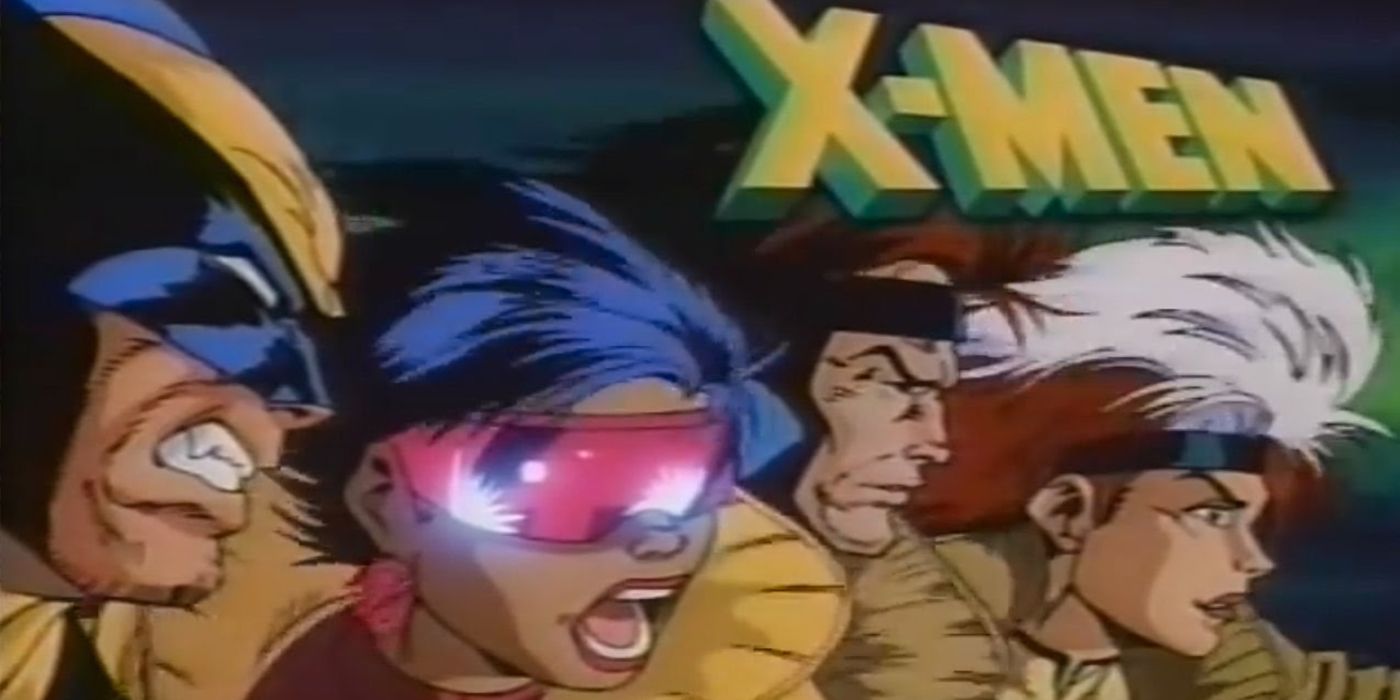Marvel's superheroes are distinctly American icons. While they might not claim to defend "truth, justice and the American way," they're still informed by American ideals on a foundational level. Despite that, characters like Spider-Man, the X-Men and Captain America sit at the center of international multimedia franchises. For the most part, the international adventures of heroes like the Avengers are identical to their North American tales. However, that's not always the case. To cater to the varying tastes of international audiences, some of Marvel's productions look a little bit different around the world.
Now, CBR is taking a look at the ways you never knew that Marvel took over the world. In this list, we'll be looking at the TV shows, comics, games, decisions and changes Marvel made specifically for international audiences outside of North America. Even if some of these entries still had a presence in North America, they were not designed to appeal primarily or exclusively towards American audiences. In some cases, these efforts were just small changes to large productions that wouldn't be noticeable to most American eyes. In other cases, these efforts produced shows and series that will probably never see release stateside. Regardless of where they end up, these efforts have proved that Marvel mania is truly worldwide.
18 IRON MAN 3: THE CHINESE CUT
As China has become an increasingly lucrative market for international movies, studios like Marvel have made bold attempts to attract Chinese audiences. In 2013, Marvel made its boldest appeal to Chinese viewers with Iron Man 3. In China, Shane Black's film had an additional four minutes of scenes that weren't seen anywhere else in the world.
The Chinese cut of Iron Man 3 spent more time with Chinese actor Wang Xueqi, who played the doctor who surgically removed the shrapnel from Tony Stark's chest. It also featured an appearance from Chinese mega-star Fan Bingbing, who played a surgical assistant in the Mandarin-language scene. This cut also included footage of Iron Man at Chinese landmarks and an ad for Gu Li Duo, a Chinese milk drink. Although these scenes were largely mocked by Chinese critics, the movie broke box office records and became the second highest-grossing movie in China in 2013.
17 LUNA SNOW
Marvel is a cultural force to be reckoned with all over the world, but it's been especially successful in South Korea. While Marvel's latest movies regularly top the Korean box office, Korean beauty giant The Face Shop has a line of Marvel-branded cosmetics for men and women, and the country also has one of the world's first Marvel-exclusive stores. Now, Marvel Future Fight, a mobile game from Korean developer Netmarble, has just introduced Luna Snow, a superhero who's also a Korean pop music star.
Snow's not the first new character in Future Fight, but her existence automatically makes her one of Marvel's most prominent South Korean characters. While performing at a Stark Industries event, Seol Hee was exposed to one of A.I.M.'s cold-fusion experiments, which gave her ice-controlling abilities. In a nod to K-pop's increasingly popularity outside of South Korea, Snow even has her own K-pop theme song.
16 MARVEL: DISK WARS
In Japan and several other Asian markets, Marvel Disk Wars: The Avengers offered a truly unique take on Marvel's biggest heroes. In this Toei Animation, series, Loki trapped the Avengers in devices called DISKs. In a Pokémon-esque twist, Captain America, Iron Man, Thor, Wasp and Hulk could only be released from their hi-tech prisons by a group of children. Alongside other Marvel heroes like Spider-Man and the Guardians of the Galaxy, the kids collected the other DISKs and used their Avengers to fight other Marvel villains.
After premiering in 2014, Disk Wars ran for 51 episodes. The series also spawned a video game for the Nintendo 3DS and Bachicombat, a Pog-like collectible game produced by Bandai. Although the full series was dubbed into English for broadcast in other Asian countries, this bizarre series still hasn't been released anywhere outside of Asia.
15 CAPTAIN BRITAIN
Although he's never been as popular as his American counterpart, Captain Britain has been a meaningful part of the Marvel Universe on both sides of the Atlantic. Before the English hero starred in the long-running X-Men spin-off Excalibur, American audiences met him in 1978's Marvel Team-Up #65, by Chris Claremont and John Byrne. Although that story was titled "Introducing, Captain Britain," the hero had already had years of adventures that were only seen in the United Kingdom.
After being created by Claremont and Herb Trimpe in 1976, Captain Britain starred in solo stories that were published throughout the 1970s and 1980s. These tales ranged from fantasy-tinged epics to mind-bending psychedelic romps across the multiverse and included the first appearance of Captain Britain's sister, the X-Men's Psylocke. Despite early work from comics giants like Alan Moore and Alan Davis, these stories weren't reprinted in America until decades later.
14 THE FIRST AVENGER
Due to various geopolitical factors, the word "America" isn’t always the most popular word internationally. In 2011, that reality created a unique problem for Captain America: The First Avenger. To make the movie more marketable globally, Marvel and Paramount Pictures gave international distributors the option to release the film as The First Avenger. To their surprise, most international vendors kept the movie's original title, citing the character's global recognition. Still, Russia, Ukraine and South Korea all used the modified title, The First Avenger.
The Captain America sequels were also renamed in other countries. In 2014, Captain America: Winter Soldier was released as The Return of the First Avenger in Germany and Bulgaria and as The First Avenger: Another War in Russia. In 2016, Captain America: Civil War became The First Avenger: War of Heroes in Bulgaria, The First Avenger: Civil War in Germany and The First Avenger: Confrontation in Russia.
13 SPIDER-MAN'S JAPANESE SHOW
In one of Marvel's most infamous TV shows, the Toei Company's Spider-Man brought a unique version of the wall-crawler to Japanese airwaves in 1979. Also called Supaidāman, the live-action series followed a young motorcycle racer named Takuya Yamashiro. Instead of copying Peter Parker's origin, Yamashiro got his powers from the blood of Garia, an alien from the planet Spider, and fought the Iron Cross Army.
This Spider-Man could also control the alien's ship, the Marveller, which could transform into a giant robot called Leopardon. In a formula familiar to anyone who grew up with Mighty Morphin' Power Rangers, each episode ended with Spider-Man jumping into Leopardon to battle one of Iron Cross' monsters. In the late 2000s, Marvel briefly streamed all 41 episodes of the series with English subtitles on its website. During the alternate reality-focused crossover Spider-Verse in 2014, this Spider-Man and Leopardon jumped into the main Marvel Universe.
12 X-MEN'S BLINK
For most American viewers, Blink was just another mutant in the dystopian future of 2014's X-Men: Days of Future Past. While the purple teleporter is a fan-favorite Marvel hero, she had a fairly unremarkable, slightly underserved role in the crowded X-Men movie. However, Blink's presence was a major selling point for Chinese audiences, since she was portrayed by Fan Bingbing.
While that name is still largely unfamiliar to Western audiences, Bingbing is one of China's biggest film and TV stars. That's why she was featured in Iron Man 3's China-exclusive scenes. Along with Hugh Jackman, Bingbing was a major part of the film's marketing campaign in China and Southeast Asia and was prominently featured in the film's trailers. Ultimately, Bingbing's Blink helped make X-Men: Days of Future Past the highest-grossing X-Men movie in China, and she got even more screen time in the extended "Rogue Cut" version of the film.
11 WHITE FOX AND THE AVENGERS
In South Korea, webtoons are an immensely popular form of digital comics. Built around the action of scrolling up on a web page, the format is ideal for reading on mobile devices and has become a legitimate alternative to print comics. In 2014, Marvel dipped its toe into the webtoon market with Avengers: Electric Rain. Written and illustrated by Young Hoon Ko, the standard Avengers story is most noteworthy for introducing a new Korean hero, White Fox.
While her human identity is Ami Han, White Fox is a kumiho, a shape-shifting nine-tailed fox from Korean folklore. Although Electric Rain still hasn't officially been translated into English, Al Ewing and Paco Medina brought White Fox over to the main Marvel Universe in 2015's Contest of Champions #1. Outside of that series, White Fox has appeared briefly in titles like Deadpool, Totally Awesome Hulk and Civil War II: Choosing Sides.
10 MARVEL UK'S EXCLUSIVES
While most American comics have usually been released on a monthly basis, the United Kingdom has a strong tradition of weekly comics. In 1972, Marvel formed Marvel UK to repackage some of its monthly comics in weekly reprints series. Eventually, Marvel UK started producing original content with existing heroes like the Hulk and new characters like Captain Britain.
Marvel UK continued this trend towards original content in several of its licensed titles like Star Wars, Transformers and ThunderCats. Although many of these haven't been reprinted, some noteworthy runs like Alan Moore's Star Wars comics and Simon Furman's Transformers were only reprinted decades later in America. Over time, Marvel UK's attitude towards the American market changed, especially with its new original heroes. In the 1990s, the publisher's cyberpunk titles like Death's Head II debuted simultaneously in the U.S. and the U.K.
9 SPIDER-MAN: LETHAL FOES
While region-exclusive video games aren't too uncommon, they usually don't feature international icons like Spider-Man. But in 1995, The Amazing Spider-Man: Lethal Foes was only released in Japan by the game developer and publisher Epoch. Like the other Spider-Man games of that era, this Super Famicom game was an action platformer that pit Spider-Man against foes likes Doctor Octopus, Venom and the Beetle.
Lethal Foes was loosely based on a 1993 miniseries of the same name and featured non-playable cameos from some of Spider-Man's amazing friends like Speedball, Iron Fist and the Human Torch.When it was released, the game received mixed reviews from critics for making players complete levels with an unforgiving time limit. In more recent years, the game has received more favorable reviews, with some even calling it one of Spider-Man's best games.
8 CAPTAIN AMERICA'S LIST
In 2014's Captain America: The Winter Soldier, Captain America was a little behind the times. After waking up in the modern world, Chris Evans' Avenger started keeping a list of the major pop culture touchstones he needed to catch up on. In North America, this list included things like I Love Lucy, disco and the moon landing, but it looked a little bit different around the world.
In addition to North America, the United Kingdom, Australia, Germany, Brazil, Russia, France, Italy, Spain, South Korea and Latin America each got a cut of the film with a slightly different list. While things like the band Nirvana and "Star Wars/Trek" were on every list, each country's list highlighted different items of note and local pride. In every country, these lists featured accomplishments like famous World Cup victories and internationally-known local figures like Australia's Steve Irwin or Russia's Yuri Gagarin.
7 MARVEL MANGA
Starting in 1970, two of Marvel's biggest heroes, Spider-Man and Hulk, starred in Japanese manga. Initially, Kōsei Ono and Ryoichi Ikegami's Spider-Man: The Manga followed high school student Yu Komori as he dealt with his Aunt Mei and fought Japanese versions of Spider-Man's foes. After Kazumasa Hirai took over writing duties, the series grew darker with more realistic, gruesome violence. In Kazuo Koike and Yoshihiro Morifuji’s Hulk: The Manga, Doctor Araki took Bruce Banner's place in a gamma bomb test that turned him into the Hulk.
While those Hulk stories have never been reprinted, Marvel published most of those Spider-Man stories as Spider-Man: The Manga from 1997 to 1999. Around that same time, Marvel also republished X-Men: The Manga. With work from a host of Japanese artists including Hiroshi Higuchi, Miyako Kojima and Koji Yasue, the manga originally adapted several episodes of X-Men: The Animated Series for the Japanese market.
6 FUTURE AVENGERS
For most of the past decade, Marvel and the Japanese animation giant Madhouse have worked together on a number of successful productions. While the Marvel Anime TV series and two animated features were released internationally, the Madhouse-produced Future Avengers still hasn't been released outside of Japan.
Starting in 2017, the series followed the Avengers as they trained a group of children who got super-powers as a result of genetic experiments. Throughout their training, they've encountered other Marvel heroes like Hawkeye, Black Widow, Falcon and Ms. Marvel. Since it premiered in 2017, the anime has done moderately well and has already been adapted as a manga by Teruaki Mizuno. Although it has already been renewed for another season, neither the show nor the manga has been translated into English yet.
5 AVENGERS K
As part of its continued efforts to break into the South Korean comics scene, Marvel teamed up with manhwa publisher Daewon C.I. for Avengers K. With work from Siyeon Park, Ji Eun Park and Woo Bin Choi, Avengers K has fairly faithful adaptations of classic Avengers tales that are jam-packed with action. Since the series began around the release of 2015's Avengers: Age of Ultron, the first volume is, unsurprisingly, an adaptation of the Avengers' first encounter with the robotic villain.
Since then, Avengers K has adapted everything from the Avengers' early origins to landmark modern epics like Secret Invasion and Avengers Assemble. More recently, the series retold the events of several early films from the Marvel Cinematic Universe. In 2016, Marvel started republishing Avengers K in English, and it has already published five volumes as of this writing.
4 TONY STARK'S OTHER PHONE
While product placement isn't that uncommon in movies or TV shows, those moments usually advertise brands or products that audience members could buy. Even though Iron Man's solo movies were filled with impossibly hi-tech Stark Industries products, they still prominently featured modern mobile phone giants like LG and Verizon. But in Captain America: Civil War, Iron Man and the other Avengers used phones from the Chinese tech giant Vivo that aren't available in the United States.
After that film was released in 2016, eagle-eyed tech aficionados noticed the brand's logo in a few different scenes. In keeping with his cutting-edge image, Stark used a transparent Vivo-branded phone that doesn't technically exist yet. Meanwhile, Captain America appeared to use the Vivo V3, a consumer-grade phone that retails for a few hundred dollars across Asia.
3 ATTACK ON AVENGERS
Since its 2009 debut, the manga Attack on Titan has been a legitimate worldwide phenomenon. With a hyper-popular anime adaptation and 71 million collections sold, the series, which follows a village under attack by hungry giants, is easily one of the most popular ongoing comics in the world. In 2014, these giant Titans met the Avengers in the pages of the Japanese men's magazine, Brutus.
In "Attack on Avengers," the Avengers teamed up with the Guardians of the Galaxy to battle a group of Titans that emerged in the middle of New York. Even though Hajime Isayama, C.B. Cebulski and Gerardo Sandoval's story is only eight pages long, news of the crossover made headlines on both sides of the Pacific. In North America, the story was released as part of Marvel's 2015 Free Comic Book Day offerings.
2 THE APESLAYER
In the 1970s, Marvel had the license to make comics based off of the Planet of the Apes film franchise. Initially, Marvel UK used those American comics to fill the pages of the weekly series Planet of the Apes. When Marvel UK ran out of stories to reprint in 1975, the title's editors came up with an innovative solution and inadvertently created Marvel UK's first original character, the Apeslayer.
Starting in 1973, Marvel published the adventures of Killraven, a swashbuckling hero who led a rebellion against the Martians, who had conquered Earth. Desperate for new content, the Marvel UK used modified versions of those comics as a new feature in Planet of the Apes. The stories were rewritten to turn Killraven into the Apeslayer, and the Martians were redrawn to look like cybernetic apes. After eight issues, this bold but ill-received experiment ended, and Apeslayer faded into obscurity.
1 THE JAPANESE X-MEN INTRO
Even though X-Men: The Animated Series had one of the best cartoon theme songs ever, the cartoon's American opening credits don't hold a candle to the Japanese opening credits for the series. In the show's two Japanese intros, the X-Men fought major villains like Magneto and the Brood along with obscure foes like Tusk in gloriously over-the-top fight scenes. These opening credits were accompanied by AMBIENCE's propulsive hard rock song "Cry for the Moon."
While it's unclear who produced this truly awesome footage, these credits may have been created since the American intro was filled with English writing that would be foreign to young Japanese viewers. Some American viewers also got a chance to see these credits when the cartoon was rebroadcast on the UPN network in the late 1990s. Despite its short running time, it's still one of the most thrilling pieces of X-Men animation ever produced.

